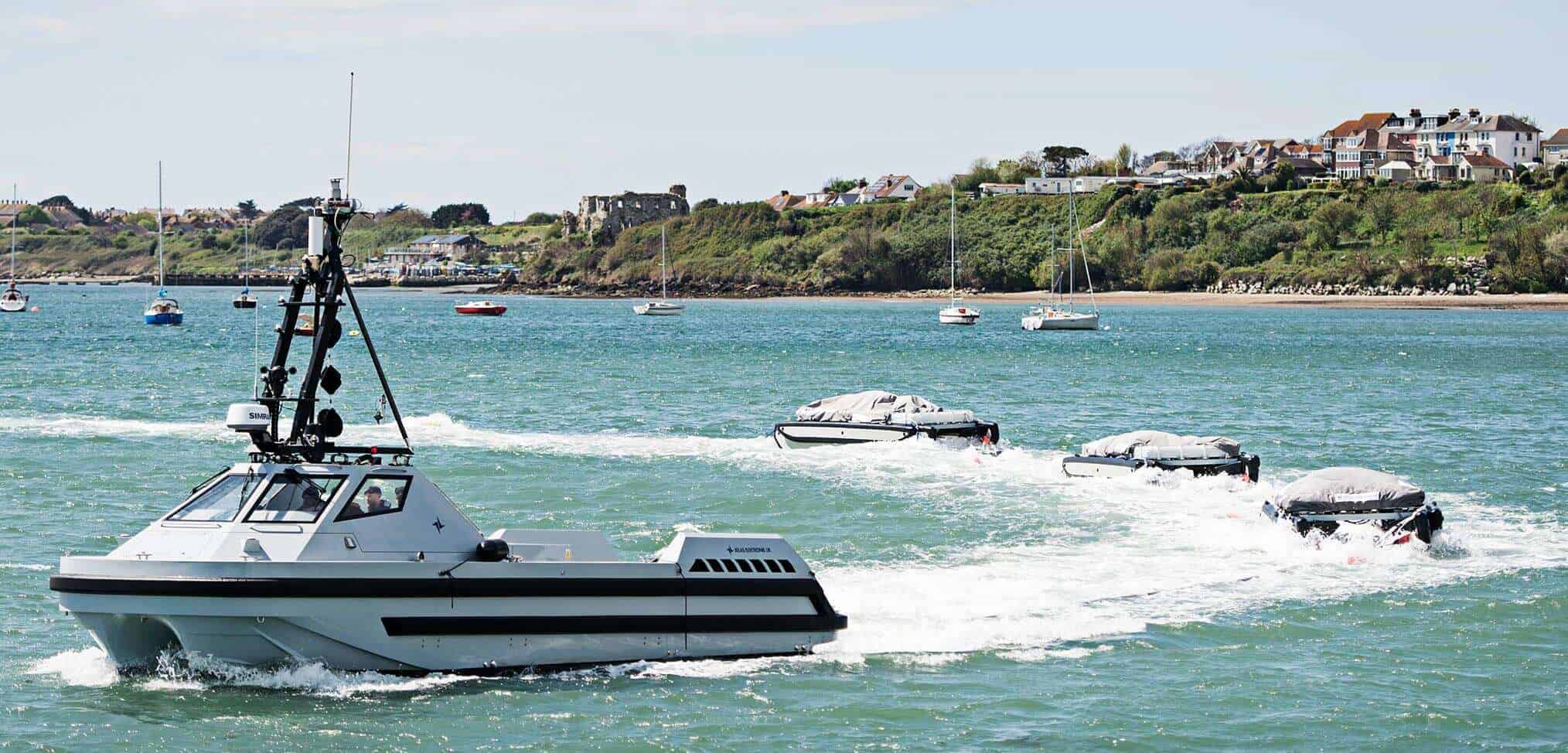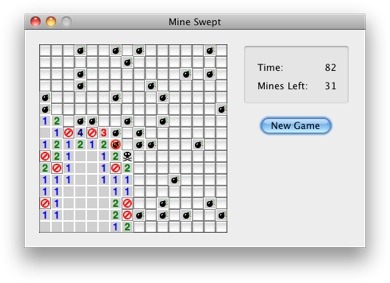
During the Second World War, fifteen British Vickers Wellington bombers were modified to carry a large magnetic induction loop and an electrical generator. Mines with ship-counters, arming delays and highly specific target signatures in mine fuses can falsely convince a belligerent that a particular area is clear of mines or has been swept effectively because a succession of vessels have already passed through safely.Īn MH-53E of the United States Navy towing an MK105 mine sweeping sledĪircraft can also be used for minesweeping. The fuzes on influence mines allow many different permutations, which complicates the clearance process. Groups of mines within this mine-field may have different target signatures which may or may not overlap. For example, some mines (with the acoustic sensor enabled) may become active within three hours of being laid, others (with the acoustic and magnetic sensors enabled) may become active after two weeks but have the ship-counter mechanism set to ignore the first two trigger events, and still others in the same minefield (with the magnetic and pressure sensors enabled) may not become armed until three weeks have passed. When influence mines are laid in an ocean minefield, they may have various combinations of fuze settings configured. During the pre-set arming delay (which could be days or weeks) the mine would remain dormant and ignore any target stimulus, whether genuine or faked. To further complicate matters, influence mines may be programmed to arm themselves (or disarm automatically-known as self-sterilization) after a pre-set time. When enabled, this allows detonation only after the mine fuze has been triggered a pre-set number of times.

Īnother anti-sweeping mechanism is a ship-counter in the mine fuze. The task is complicated by the fact that an influence mine may have one or more of a hundred different potential target signatures programmed into it. As a result, a mine-sweeper must accurately guess and mimic the required target signature to trigger detonation. For example, they may be programmed to respond to the unique noise of a particular ship-type, its associated magnetic signature and the typical pressure displacement of such a vessel. They often contain inherent anti-sweeping mechanisms. Modern influence mines are designed to discriminate against false inputs and are much more difficult to sweep. It is the only sweep effective against bottom mines.ĭuring the Second World War, RAF Coastal Command used Vickers Wellington bombers Wellington DW.Mk I fitted with degaussing coils to trigger magnetic mines. It has floating coils and large underwater drums. The distance sweep mimics the sound and magnetism of a ship and is pulled behind the sweeper. More recently, heavy-lift helicopters have dragged minesweeping sleds, as in the 1991 Persian Gulf War. Some large warships were routinely equipped with paravane sweeps near the bows in case they inadvertently sailed into minefields-the mine would be deflected towards the paravane by the wire instead of towards the ship by its wake. These are torpedo-shaped towed bodies, similar in shape to a Harvey Torpedo, that are streamed from the sweeping vessel thus keeping the sweep at a determined depth and position. Minesweepers protect themselves with an oropesa or paravane instead of a second minesweeper. Before the First World War, the Imperial Russian Navy officer Pyotr Kitkin invented "mine protectors" to break a sweeping wire before it could cut the mine's mooring wire.
Mine swept free#
Mines cut free are recorded and collected for research or shot with a deck gun. Sometimes "cutters", explosive devices to cut the mine's wire, are used to lessen the strain on the sweeping wire. If a contact sweep hits a mine, the wire of the sweep rubs against the mooring wire until it is cut. This was exploited by the Turkish army in the Battle of Gallipoli in 1915, when mobile howitzer batteries prevented the British and French from clearing a path through minefields.

Each run covers between 100 and 200 meters (330 and 660 ft), and the ships must move slowly in a straight line, making them vulnerable to enemy fire.

The sweeps are dragged by minesweepers, either purpose-built military ships or converted trawlers.

A sweep is either a contact sweep, a wire dragged through the water by one or two ships to cut the mooring wire of floating mines, or a distance sweep that mimics a ship to detonate the mines.


 0 kommentar(er)
0 kommentar(er)
